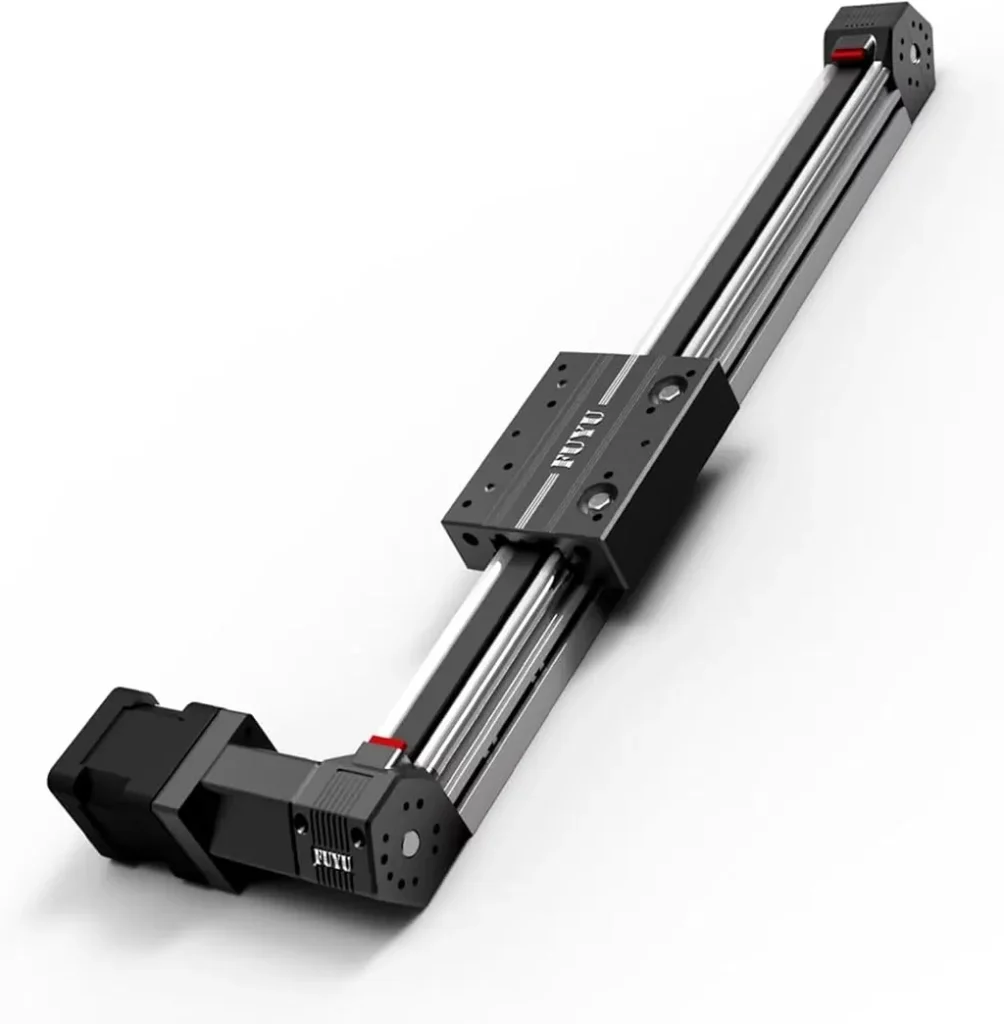In the pursuit of enhancing the longevity and performance of high-speed steel tools, a team of researchers led by Dr. T. Zhou from the School of Physics and Electronic Engineering at Fuyang Normal University in China has delved into the intricate world of hard-turning precision machining. Their findings, published in the journal *Mechanical Sciences* (translated from Chinese as *机械科学*), shed light on the surface integrity of AISI M2 workpieces when machined with cubic boron nitride tools, offering promising insights for the energy sector and beyond.
The study, which involved the meticulous analysis of 18 experimental samples, revealed that the surface morphology of the machined workpieces exhibited good consistency, although not without its share of defects, such as turning grooves. Dr. Zhou and his team discovered that the turning feed rate had a profound impact on the three-dimensional surface roughness, denoted as *Sa*. “When we increased the feed rate from 0.05 to 0.2 millimeters per revolution, we observed a significant increase in *Sa* from 0.824 to 5.795 micrometers,” Dr. Zhou explained. This finding underscores the importance of optimizing feed rates to achieve desired surface finishes in precision machining.
The research also uncovered intriguing correlations between turning speed and the formation of white layers—a thin, brittle layer that can form on the surface of a workpiece during machining. The team found that when the turning speed was below 200 meters per minute, the white layer thickness increased with speed, reaching approximately 0.32 micrometers at 200 meters per minute. However, when the speed exceeded this threshold, the correlation reversed, with the white layer thickness diminishing to nearly zero at 360 meters per minute. “This non-linear relationship between speed and white layer thickness is crucial for understanding and controlling the machining process,” Dr. Zhou noted.
As the cutting tool wore down, the study also observed a substantial increase in white layer thickness, with a 143.75% increase noted as tool wear progressed from 0 to 0.2 millimeters. This finding highlights the importance of tool maintenance and replacement in ensuring the quality and consistency of machined surfaces.
The research further revealed that the surface residual stress of the workpieces was primarily compressive, with the maximum axial compressive stress of -72.1 ± 7 megapascals observed at a turning speed of 160 meters per minute. Additionally, the metamorphic layer formed during machining was found to significantly enhance the surface hardness of the workpieces.
The implications of this research for the energy sector are substantial. High-speed steel tools are widely used in the production of components for energy generation and transmission, where surface integrity and durability are paramount. By optimizing machining parameters and understanding the formation of white layers and residual stresses, manufacturers can improve the performance and lifespan of these critical components, ultimately leading to more efficient and reliable energy systems.
Dr. Zhou’s work not only advances our understanding of hard-turning precision machining but also paves the way for future developments in the field. As the energy sector continues to evolve, the insights gained from this research will be invaluable in shaping the next generation of high-performance tools and components. With the publication of these findings in *Mechanical Sciences*, the scientific community is one step closer to unlocking the full potential of cubic boron nitride tools in precision machining.

